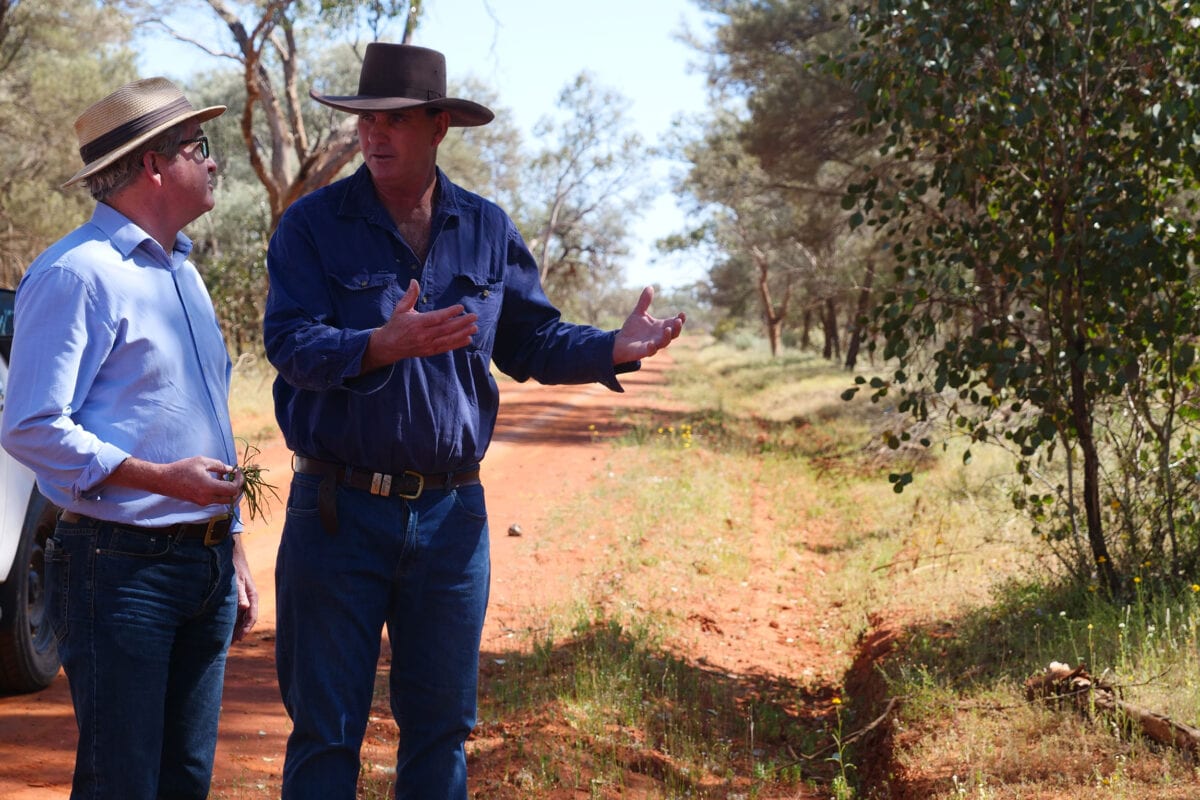Originally published in The Australian, November 30, 2023 edition.
Major ASX-listed companies are meeting in Melbourne this week ahead of the introduction of a new climate reporting regime next year.
It’s amazing how quickly expectations regarding climate change disclosure have matured.
Not so long ago, companies could easily just take an anecdotal approach, by simply including a few case studies in their annual reports.
Now, legislation mandating climate disclosure is imminent, and so is a detailed Australian accounting standard on disclosing climate-related financial risk.
Through the groundbreaking work of the International Sustainability Standards Board (ISSB) in developing comprehensive baseline global standards for climate disclosure, we are now on a pathway towards quantitative reporting and comparing apples with apples.
Pleasingly, in response to consultations to date and reflecting international best practice, it’s certain that both the legislation and the final standard will require a company to disclose a transition plan.
The credibility of these transition plans will be supported by the national sectoral emissions reduction pathways and the sustainable finance taxonomy sustainability objectives, that will provide consistent metrics to assess alignment between investment activities and good sustainability outcomes.
And, as different best practice frameworks mature, transition plans will need to meet internationally-aligned credibility standards that can support a 1.5°C pathway. Examples include the recently launched VCMI Claims Code of Practice for the voluntary carbon market and the evolving work of the International Organization for Standardisation (ISO) Net Zero Guidelines.
From discussions with the business community so far, it’s been reassuring to hear that many are undaunted by the task of preparing high-quality transition plans, which describe their climate change strategy, targets, and actions.
These companies rightly view transition plans as a way of demonstrating they are economic leaders, with the aim of attracting transition finance and taking advantage of the seismic green economy opportunities.
It’s true that some other businesses are saying things are moving too quickly.
Companies tempted to drag their feet in the preparation of transition plans, or to cut corners when preparing them, should be aware that such an approach carries significant risks, in reputational and commercial terms.
Transition plans will quickly become a key determinant of where global capital is directed – and of where investor and activist attention is focused.
Investors, customers, regulators and activists will be able to compare a company’s transition efforts with those of its peers, and with other parts of the economy, with a degree of precision not previously possible.
The UK Transition Plan Taskforce (TPT) disclosure framework provides an excellent place to start for companies preparing their first transition plan, or about to embark on a plan refresh.
Established by the UK government in the wake of the COP26 climate talks in Glasgow, the TPT disclosure framework is intended to provide a global “gold standard” for transition plans, that aligns with the ISSB standards.
When preparing a transition plan, decarbonisation should be the absolute priority, with due consideration given to how you plan to transition away from fossil fuels, address financed emissions and meaningfully invest in R&D and the commercial deployment of renewable energy, energy efficiency and clean technologies
However, it’s crucial not just to see it as identifying and describing changes needed within your company’s own operations.
A transition plan should also recognise the interdependencies between your company and the economies and communities in which you operate.
For that reason, when preparing your plan, you should carefully examine your relationship with suppliers, the impact of the products and commodities that you sell to your customers, and the approach you take when talking to governments about policy.
Preparing a transition plan also provides an opportunity to connect better to local communities, as you assess physical climate risks in areas where you operate.
It can also help you to better understand the natural environments on which you depend and impact, a critical dimension given the rise of the nature positive paradigm for companies.
In addition, you should examine opportunities to work with partner businesses and utilities for mutual benefit.
And you should consider how you can most usefully finance abatement actions elsewhere in the Australian economy or overseas, by purchasing high integrity carbon credits.
The process of preparing transition plans has its challenges – a key one being a shortage of the experts required to develop and assure them.
But ultimately the benefits of having a high quality transition plan will far outweigh the costs and complexities of preparing it.
It won’t guarantee universal acclaim for your decarbonisation approach. But it will ensure there is a common understanding of what you are doing – and that is vital, given the speed at which we must make major changes to the way we do business.
Kurt Winter is the Carbon Market Institute’s director of corporate transition.



